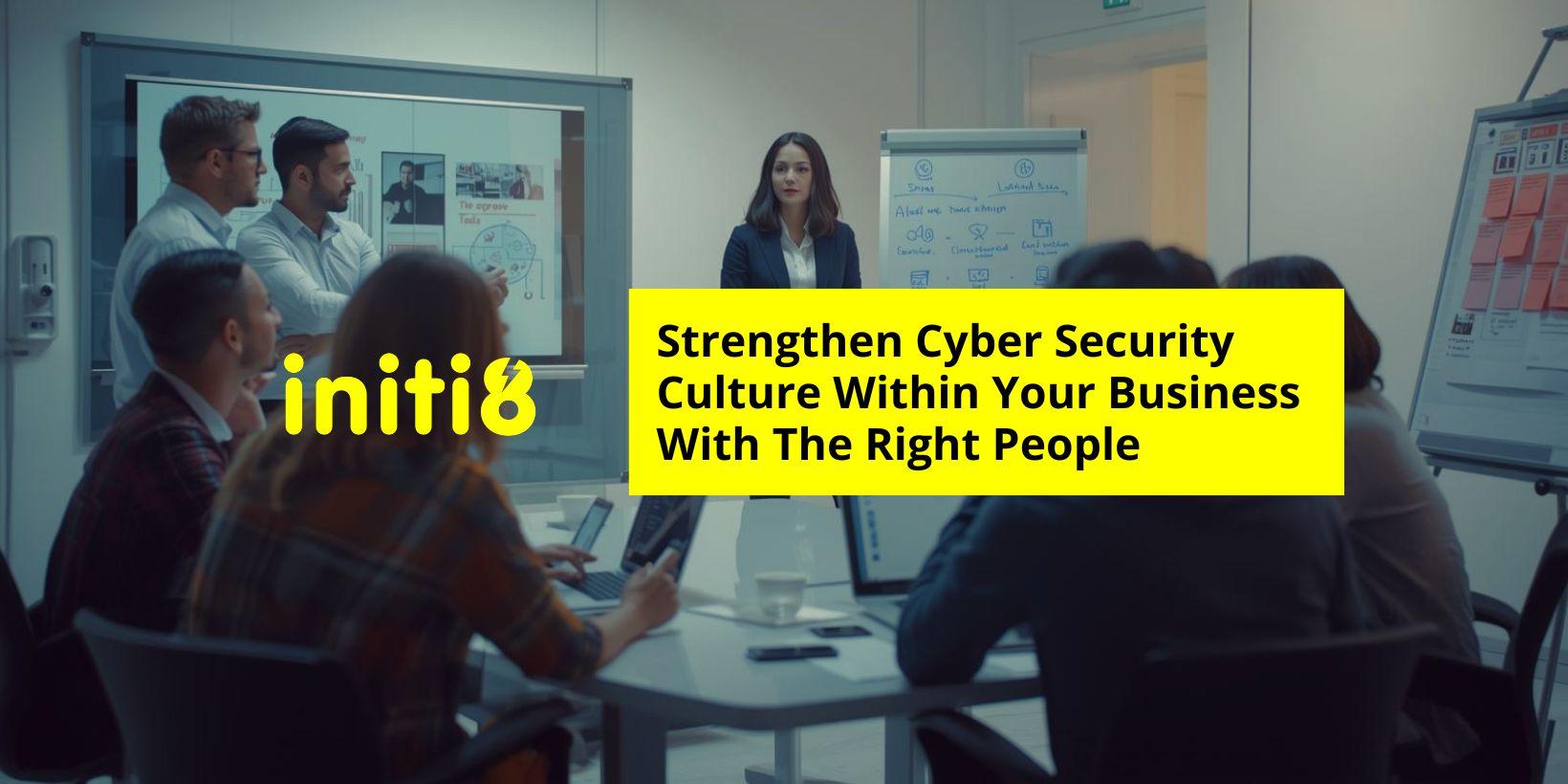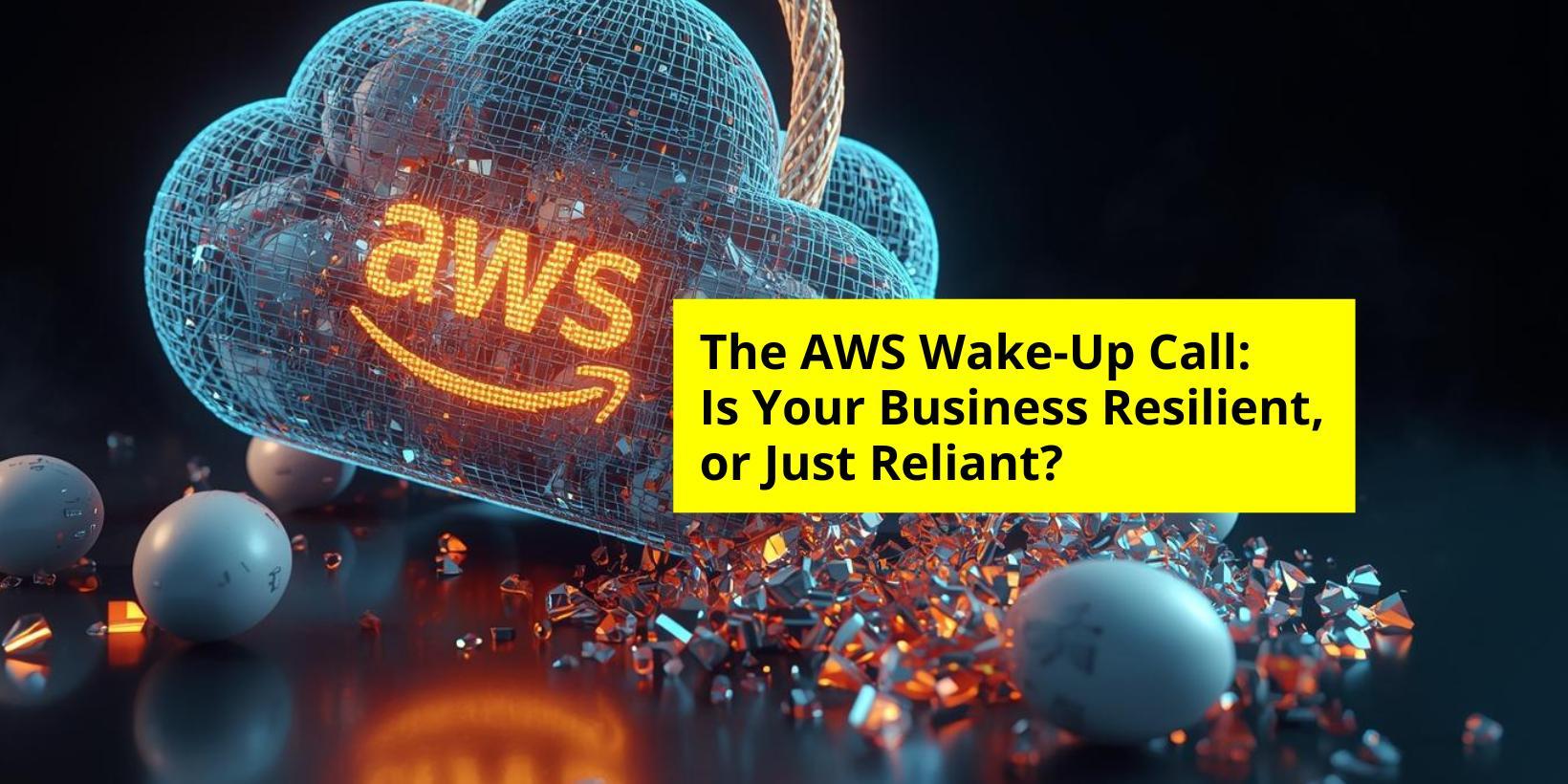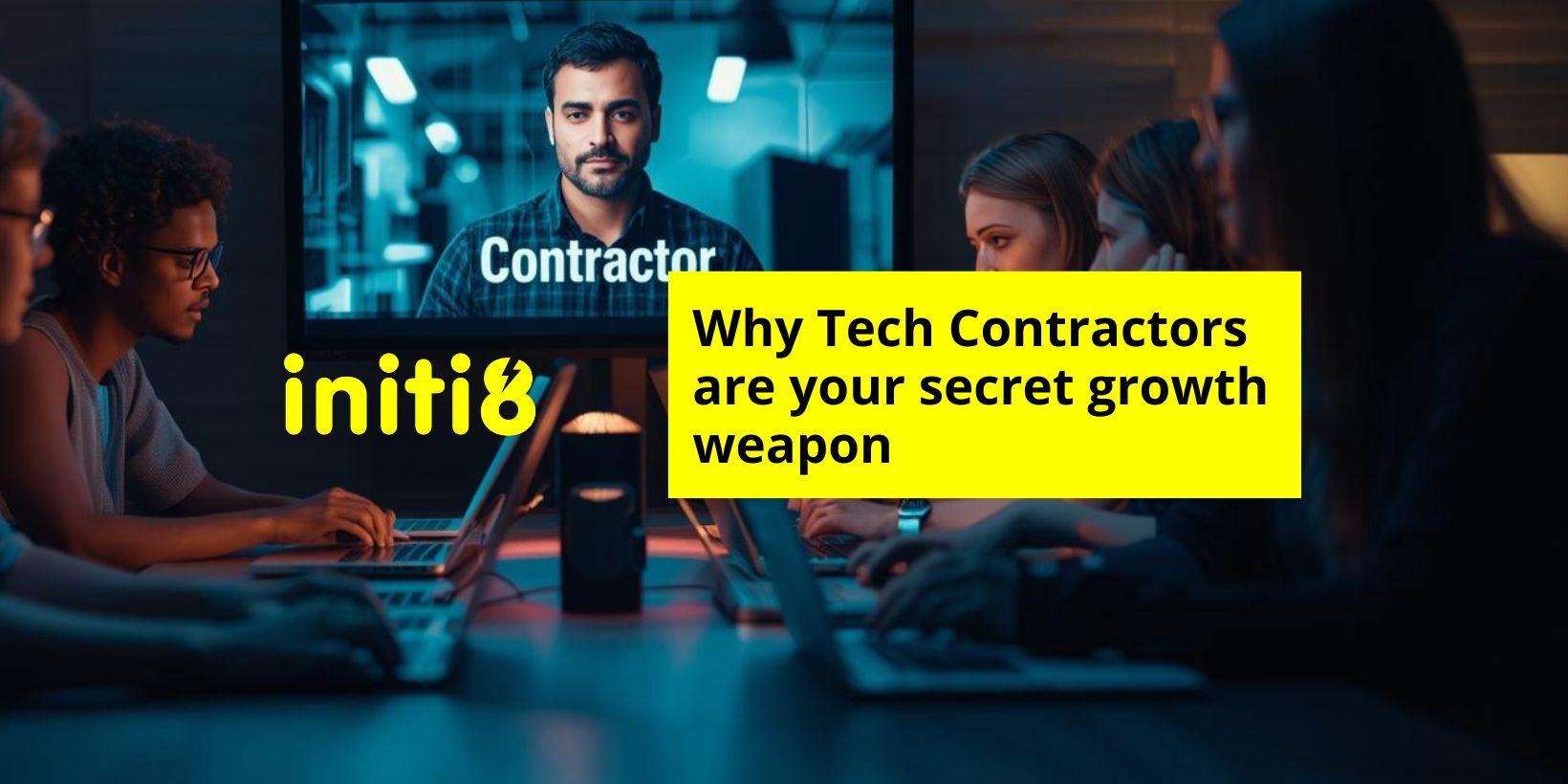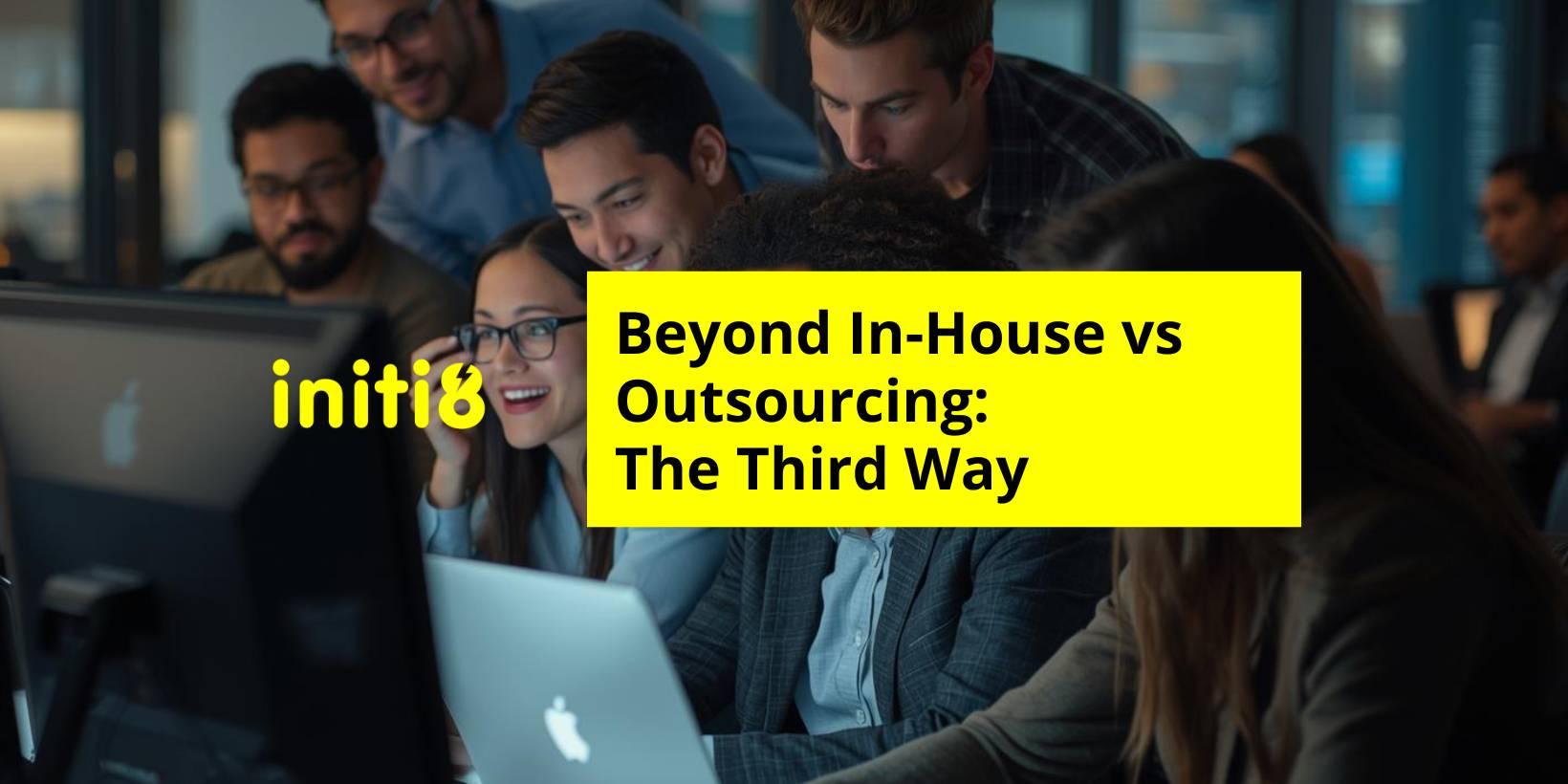
If you want to know what keeps CISOs and CTOs awake at night, look no further than our recent LinkedIn Poll. We asked about the biggest cybersecurity challenges for the year, and the answer was crystal clear: 50% of respondents pointed to 'Building Security Culture.' ????
That's a massive, undeniable signal.
While finding skilled talent (20%), budget constraints (10%), and choosing the right tech (20%) all pose real challenges, the biggest vulnerability isn't a server or a firewall, it's the human element.
Your people are either your biggest risk or your first line of defence. With AI-driven phishing, RaaS (Ransomware-as-a-Service), and deepfakes making attacks scarily convincing, ignoring culture is financial negligence.
So, how do you fix it? You need to shift security from being the IT department's chore to being a company-wide ethic. Here’s the straight-talking, geek-chic blueprint to get it done.
1. Leadership Must Set the Tone (No Excuses!)
Security culture trickles down from the top. If the C-suite is seen bypassing security policies for "convenience," the whole team will follow suit. Security-by-example is non-negotiable.
- Champion the Cause: Executives must openly discuss cybersecurity not as a cost centre, but as a business enabler or a key factor in protecting brand trust and ensuring compliance.
- Fund the Vision: Show you're serious. The poll shows that budgets are a factor, but a solid cultural initiative often costs less than a single, high-spec piece of kit, yet delivers greater protection against the number one threat: user error.
2. Ditch the Scare Tactics—Build Psychological Safety
If an employee accidentally clicks a convincing AI-Enhanced Phishing email, do they hide it for fear of getting fired, or do they immediately report it? The difference is psychological safety.
- Non-Punitive Reporting: Create a 'blameless' environment. Mistakes happen. The priority must be quick reporting so the Security Operations Center (SOC) can respond quickly. Punishing honest errors only drives risks underground, allowing a minor incident to become a catastrophic breach.
- Make it Easy: If reporting a suspicious email takes ten clicks and a form, no one will do it. Implement simple, one-click reporting tools that integrate seamlessly into their daily workflow.
3. Training: Make it Continuous, Relevant, and Skills-Focused
That annual, tick-box security video? It's simply not good enough anymore. Attackers are constantly evolving, particularly with GenAI creating hyper-realistic Deepfakes and sophisticated AI-Driven Malware.
- Move to Continuous Learning: Replace the once-a-year lecture with regular, short-burst training (micro-learning).
- Role-Specific Training: Don’t bore the Sales team with developer-level cloud security detail. Focus on the threats they actually face, like social engineering. Conversely, developers need to focus on "Shift-Left" principles—embedding security controls and IAM (Identity and Access Management) into the code pipeline.
- Simulate the Real Threat: Regularly run phishing simulations that reflect the latest RaaS and extortion tactics. Measure behaviour change (e.g., reporting rate), not just completion rates.
4. Architecture and Skill: The Culture Enablers
Culture isn't just about training; it's about making the secure choice the easy choice. This requires proper architecture and the right talent.
- Zero Trust is Cultural: Adopting Zero Trust Architecture (ZTA), where no user or device is trusted by default, isn't just a tech stack change; it’s a cultural shift. It forces continuous validation and reinforces the idea that security is constant, not a one-time login.
- The Talent Gap is Real: Finding the right people is hard (20% of the challenge!). You need skilled engineers in Cloud Security (AWS, Azure, GCP), IAM, and Threat Intelligence to build the secure infrastructure. Non-technical skills like critical thinking, communication, and collaboration are also hugely in demand to act as consultative advisors across the business.
Security culture is the ultimate defence against the evolving threat landscape. It's the resilient layer that technology alone can't provide.
Invest in your people, make security simple, and build a culture of openness. That’s the winning strategy for 2025 and beyond!
Need to bridge the gap between your security culture vision and the talent required to build it?
At Initi8, we speak the language of Zero Trust, AI-Defences, and Cloud Security. We match your ambitious tech projects with the passionate, geek-chic talent who don't just follow policies, they help write them.
Get in touch and let’s match the world’s best talent with your most critical security challenges.
Author
Initi8
Date
13 November 2025




